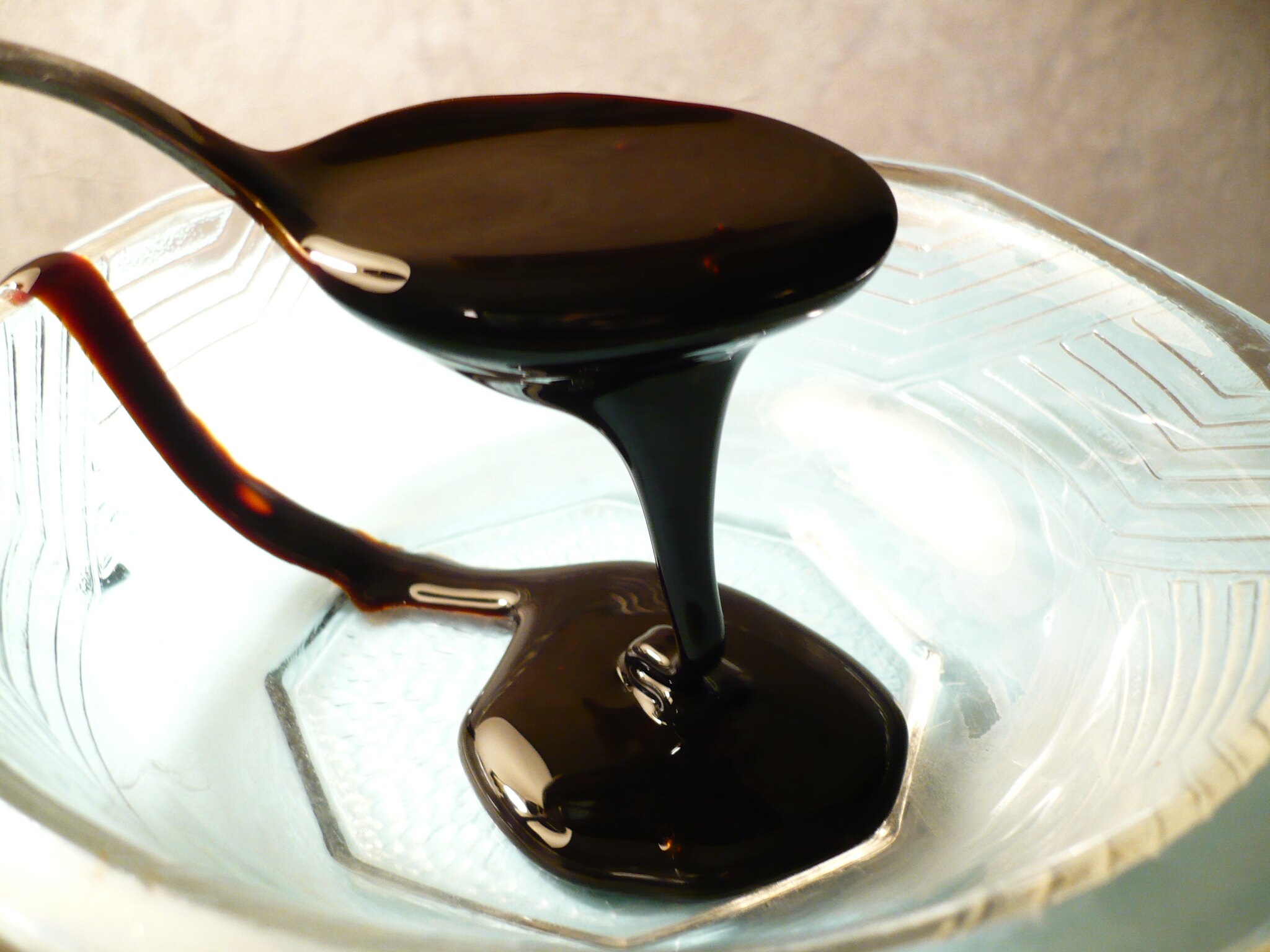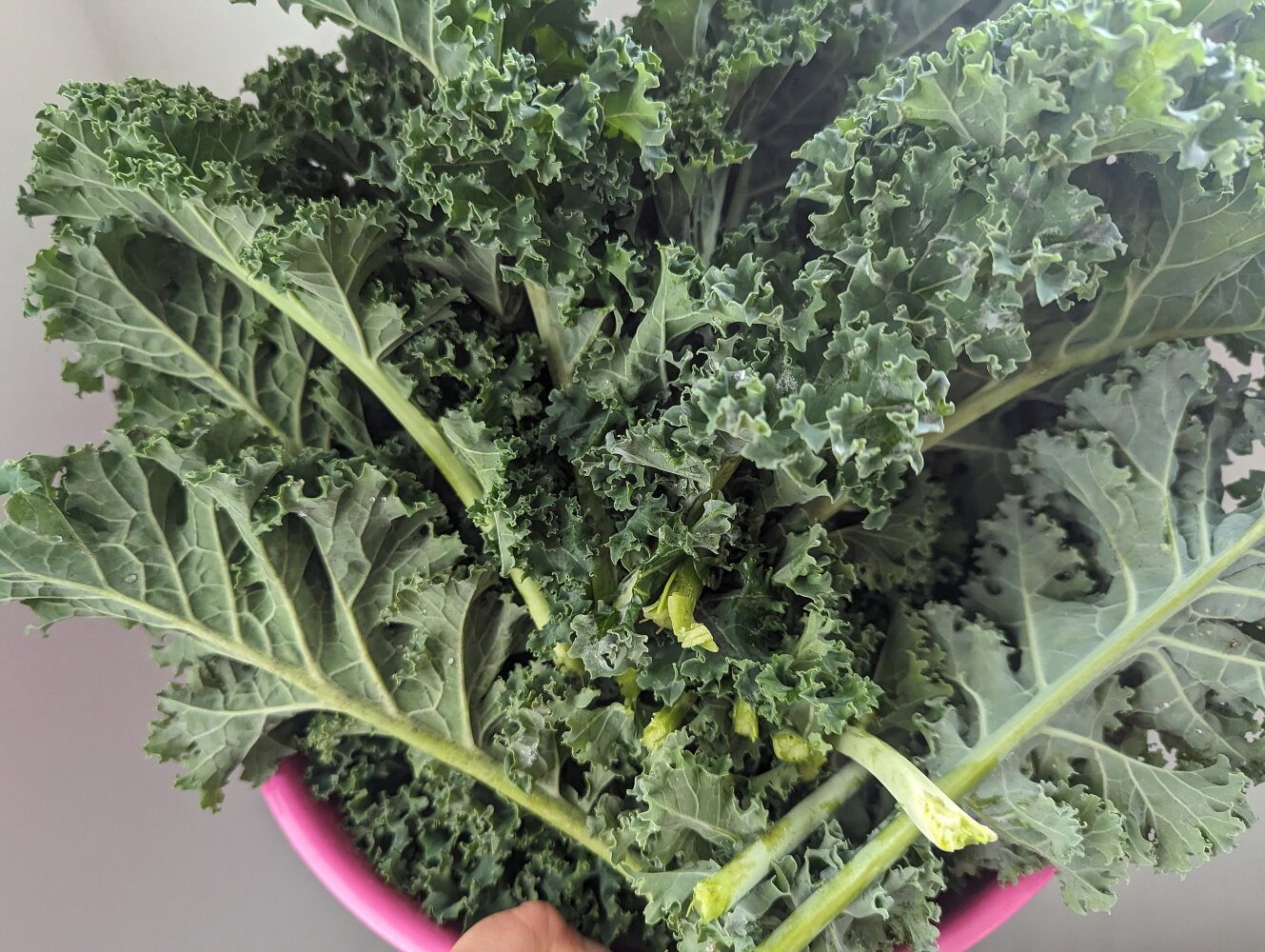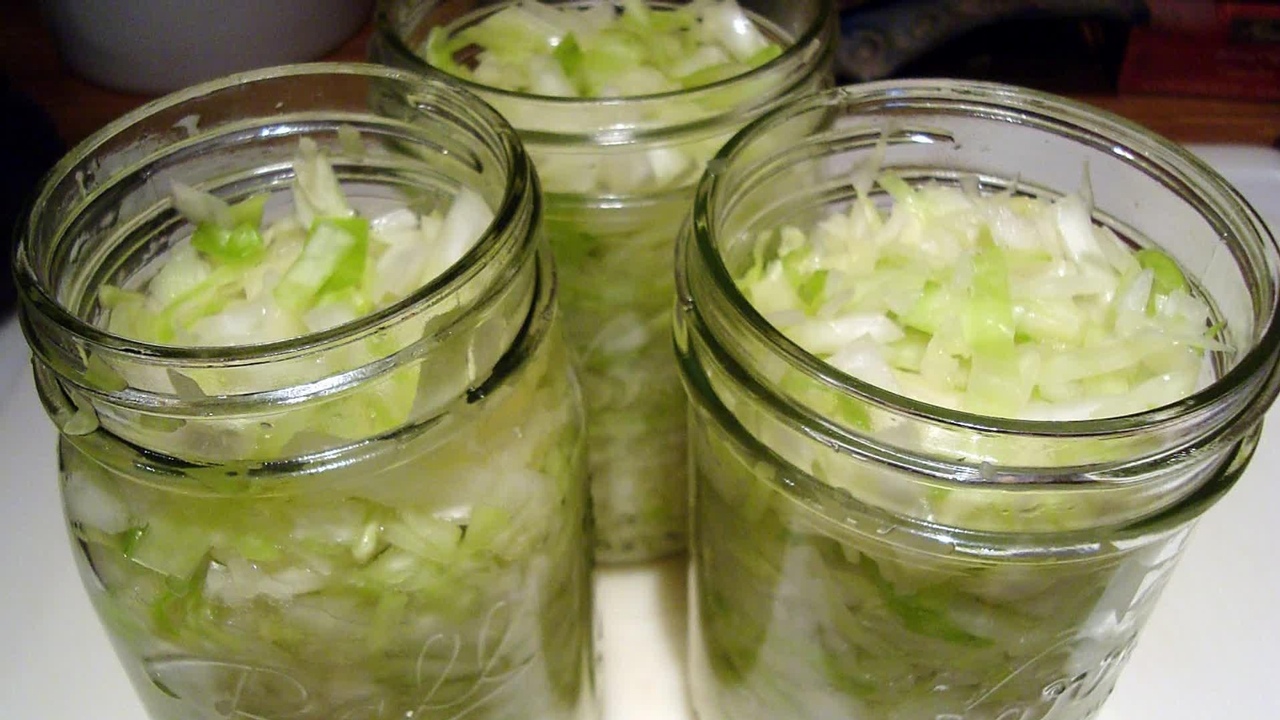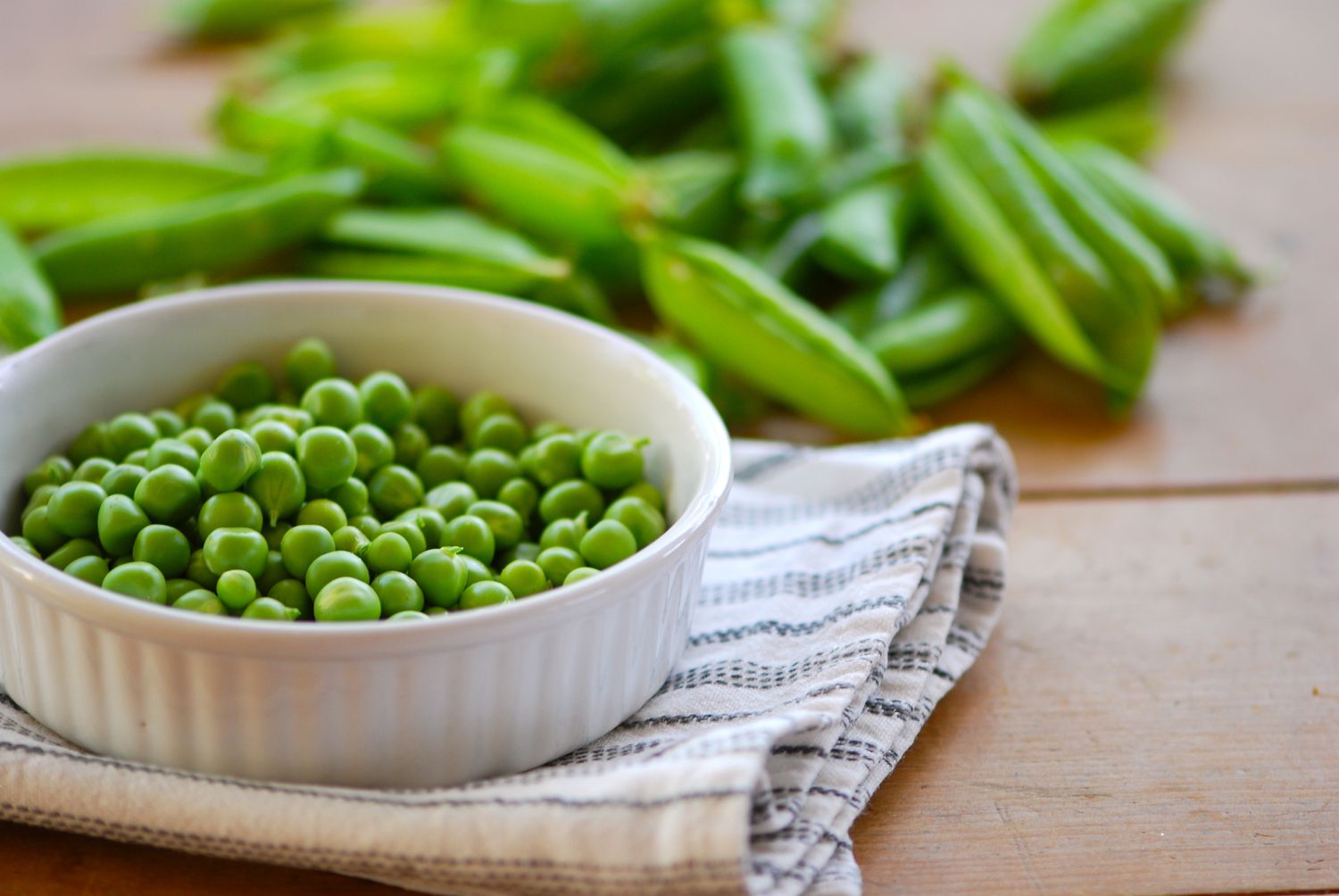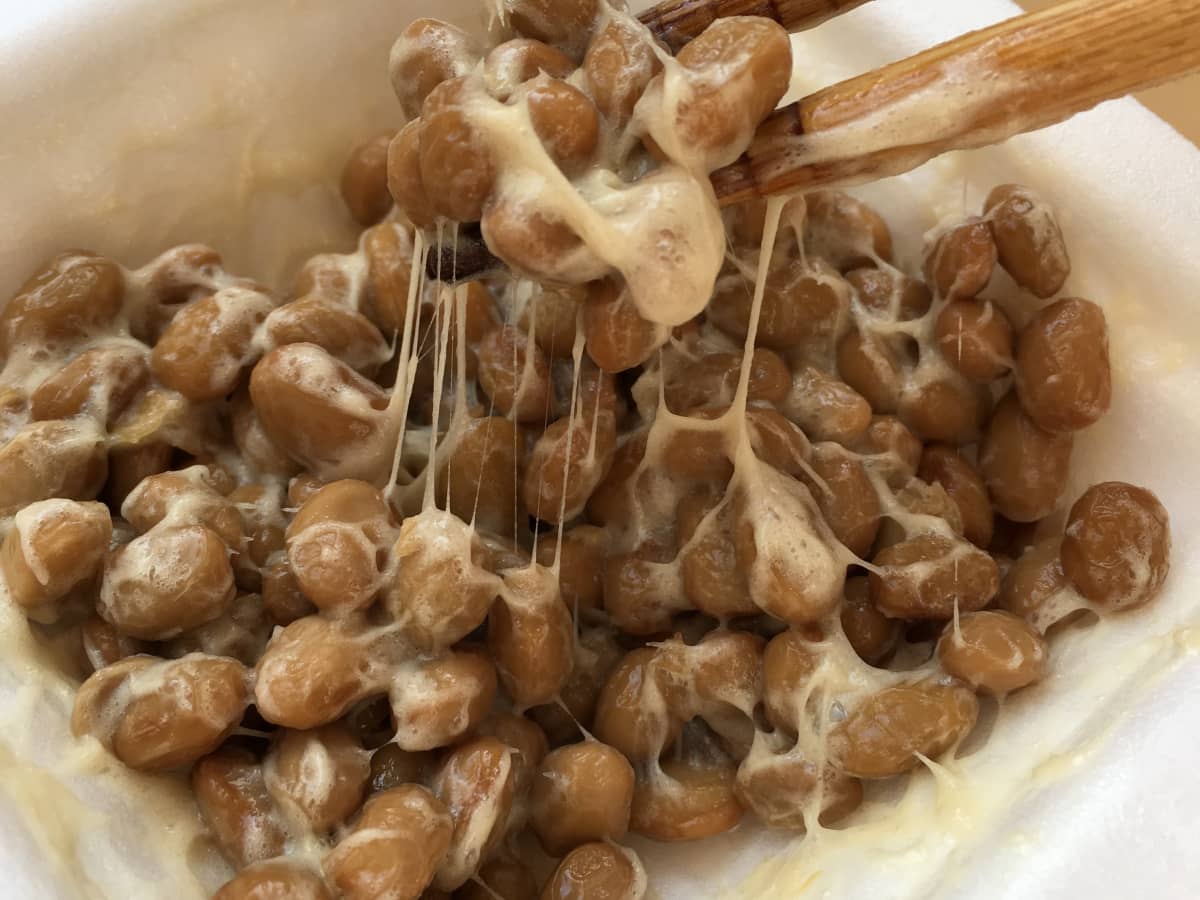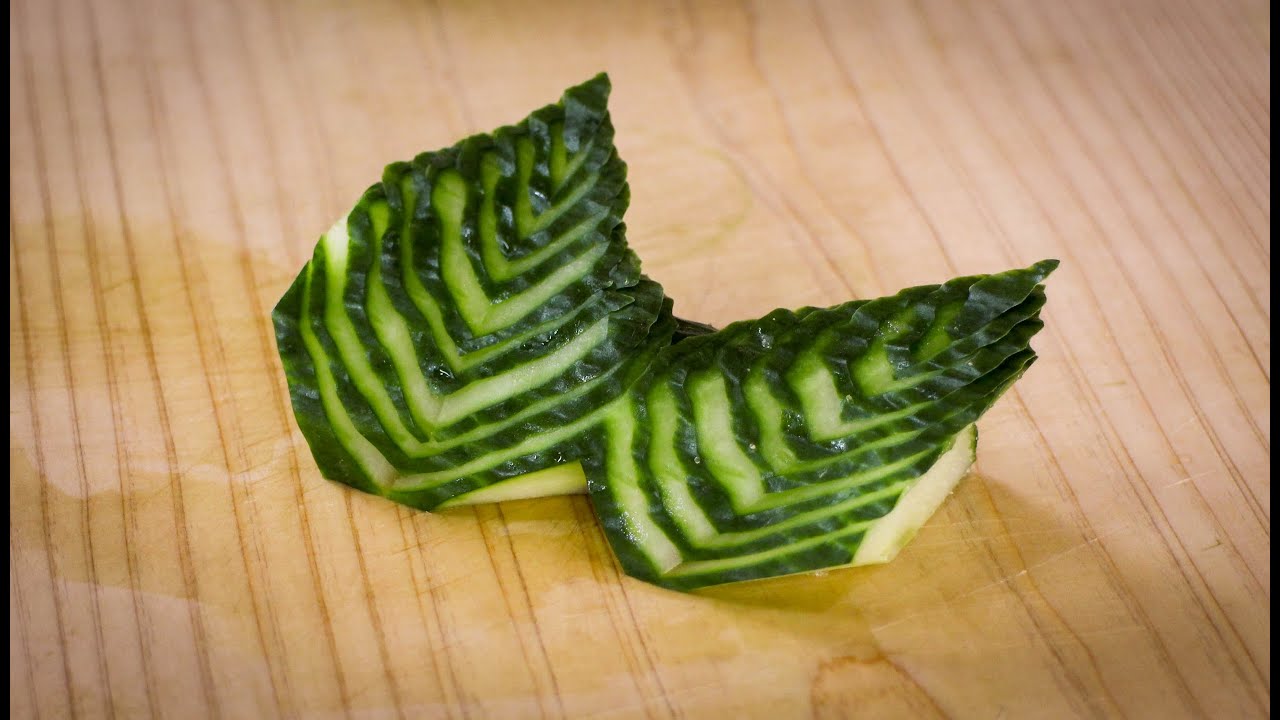Unlocking the Potential of Bean Sprouts: A Guide to Fermentation
Welcome to the wonderful world of fermentation! If you’re a fan of delicious, probiotic-rich foods, then you’re in for a treat. Fermenting bean sprouts is not only a fun and creative process, but it also results in a nutritious and flavorful addition to your culinary repertoire. In this guide, we’ll walk you through the steps to fermenting bean sprouts at home, so you can enjoy the benefits of this traditional preservation method.
What You’ll Need
Before you get started, gather the following supplies:
- Bean sprouts
- Sea salt
- Mason jar or fermentation crock
- Weighing scale
- Filtered water
- Fermentation weight or small plate
The Fermentation Process
Now that you have everything you need, it’s time to begin the fermentation process. Follow these simple steps:
- Clean the Bean Sprouts: Start by rinsing the bean sprouts thoroughly under cold water. Remove any discolored or mushy sprouts, as they can affect the quality of the final product.
- Prepare the Brine: In a separate container, dissolve sea salt in filtered water to create a brine. The general rule of thumb is 2% of the total weight of the bean sprouts. For example, if you have 500 grams of bean sprouts, you’ll need 10 grams of salt.
- Combine Sprouts and Brine: Place the cleaned bean sprouts in a clean mason jar or fermentation crock. Pour the brine over the sprouts, ensuring that they are fully submerged. This helps create an anaerobic environment, which is essential for the fermentation process.
- Add Weight: To keep the bean sprouts submerged in the brine, place a fermentation weight or a small plate on top of them. This will prevent any exposure to air and minimize the risk of mold growth.
- Allow Fermentation: Cover the jar or crock with a breathable cloth to prevent dust or insects from getting in. Let the bean sprouts ferment at room temperature, away from direct sunlight, for about 3 to 5 days. Check on them periodically to ensure they remain submerged and to monitor the fermentation progress.
- Taste and Store: After the initial fermentation period, taste the bean sprouts. If they have reached the desired level of tanginess, transfer them to the refrigerator to slow down the fermentation process. They can be stored in the fridge for several weeks.
Enjoying Your Fermented Bean Sprouts
Now that your bean sprouts are fermented and ready to eat, there are countless ways to enjoy them. Add them to salads, stir-fries, or enjoy them as a tangy, probiotic-rich snack on their own. The possibilities are endless, and you’ll love the unique flavor that fermentation brings to the humble bean sprout.
So, what are you waiting for? Get your hands on some bean sprouts and start fermenting today. Your taste buds and your gut will thank you!
Remember, the key to successful fermentation is patience and attention to detail. With a little practice, you’ll become a bean sprout fermentation pro in no time. Happy fermenting!
Was this page helpful?
Read Next: How To Ferment Coffee Beans
